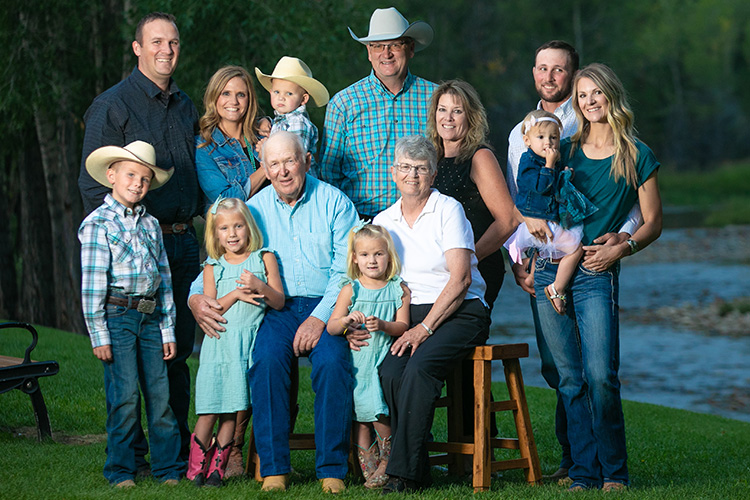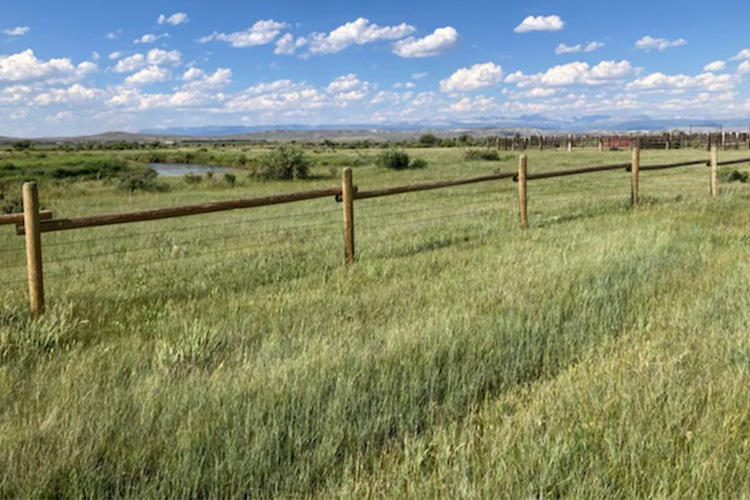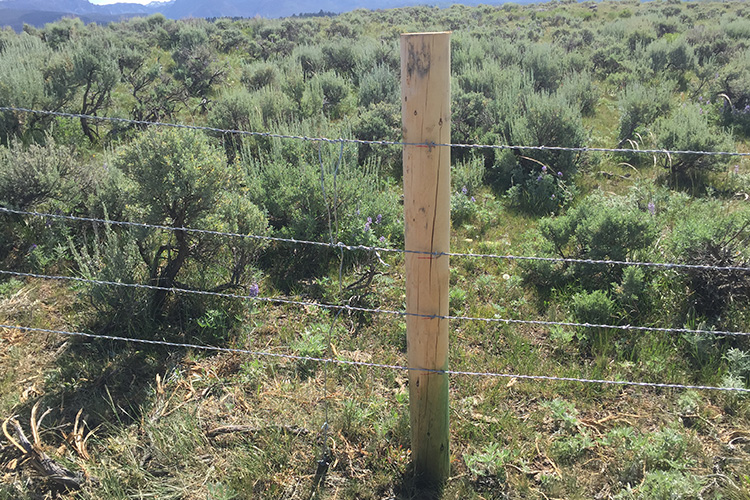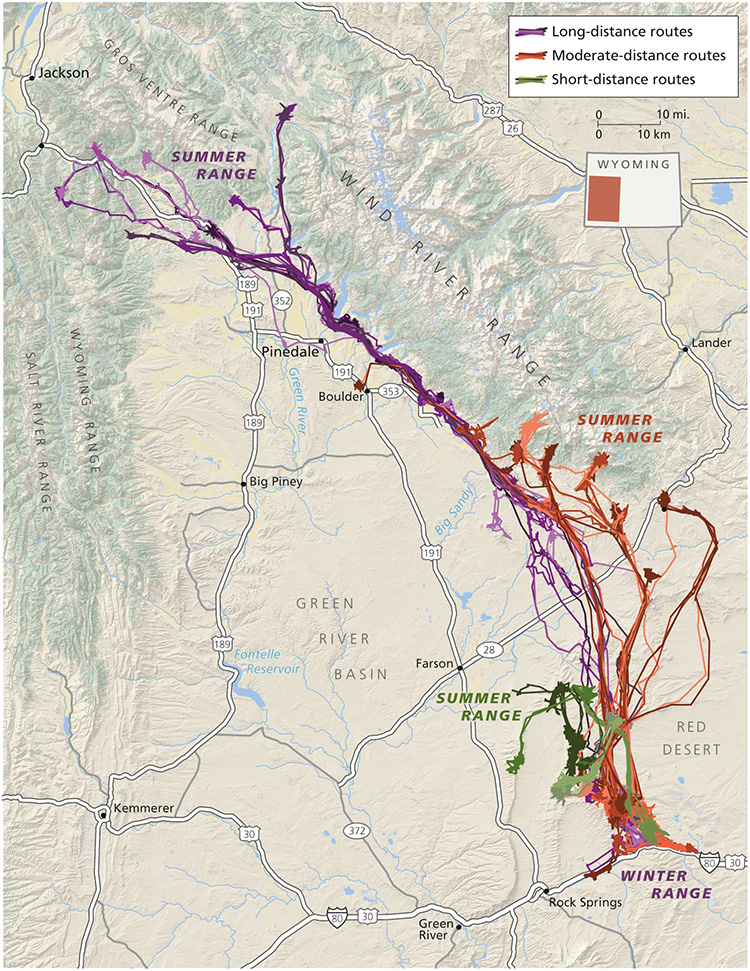Mike Vickrey, a fifth-generation rancher in Pinedale, Wyoming, runs a cow-calf operation with his parents and daughters. The Vickreys’ rolling sagebrush pastures and hay fields sit east of the Wind River Mountains beside a tributary of the Green River. Along with the family’s 650 yearlings, the ranch’s high-elevation meadows support plentiful wildlife.
“We’ve got all the good stuff—elk, moose, antelope and sage grouse. Plus, we're in the middle of the biggest mule deer migration corridor there is,” says Vickrey.

Unfortunately, these animals can get injured or killed if caught in the ranch’s fences. Vickrey says he’s seen deer “hung up and twisted on the top wires.” So, when the USDA Natural Resources Conservation Service (NRCS) began offering to help improve fences through its Environmental Quality Incentives Program (EQIP), Vickrey seized the opportunity.
"It's been a good way to replace old fences and get some new ones with less cost,” says Vickery. “The NRCS program lets us do more than we could have done on our own. Plus, it makes the landscape a little friendlier for animals to pass through.”
Since 2018, Vickrey has modified six miles of fence through EQIP in places where big game migrate each spring and winter. He’s also flagged fences with reflective markers in partnership with NRCS Working Lands for Wildlife to prevent sage grouse from getting tangled in the wires when they fly low to the ground. These fences still work well to keep cows contained, too.

Wildlife-friendly fence designs vary, but one common feature is that the top strand is lower than traditional woven-wire or five-strand barbed wire fences: 42 inches or less from the ground.
“If the fence is too high, wildlife like mule deer have a difficult time navigating them, particularly after a long winter when their energy reserves are lower and especially pregnant females,” says Jennifer Hayward, NRCS District Conservationist in Pinedale.
The bottom strand is also barbless and at least 16 inches above the ground.
“Pronghorn [antelope] prefer to scoot under fences, so it’s important to have a smooth bottom wire that gives them plenty of space,” says Hayward.

Hayward has worked with 30 landowners on fence modifications. She gives landowners a snapshot of how their fences are faring as part of a resource inventory provided with an NRCS conservation plan.
“Some of these fences are upwards of 75 years old, in need of repair or replacement. If one of those fences is also located on a migration route, it is eligible for cost-share to make it wildlife-friendly,” explains Hayward.

NRCS has helped modify about 180 miles of fence in Sublette County where Vickrey has lived since 2017. Partners like The Nature Conservancy, the Sublette County Conservation District, and the Wyoming Game and Fish Department have completed an additional 100 miles. Cumulatively, these projects reduce injuries to wildlife moving along Wyoming’s “grass highway.”
And, USDA is now committing additional resources to continue improving wildlife migration corridors as part of its recently announced Big Game Conservation Partnership, an initiative through NRCS Working Lands for Wildlife and the Farm Service Agency.
So far, Vickrey says he hasn’t found any wildlife hung up on his new fences, and they also keep his livestock where he wants them. He’s now partnering with the U.S. Forest Service to modify fences on public land where his family leases grazing allotments and the “elk are thick, thick, thick.”
“From our standpoint, we’re trying to carry on for another couple of generations, and we’d like to find a balance that makes it easier for wildlife,” says Vickrey. "I think most ranchers around here feel that way.”
Read this guide for tips on making fences wildlife friendly.
To find out more about wildlife conservation programs available to producers, go to farmers.gov/wildlife.
Brianna Randall is a freelance writer based in Missoula, Montana.


